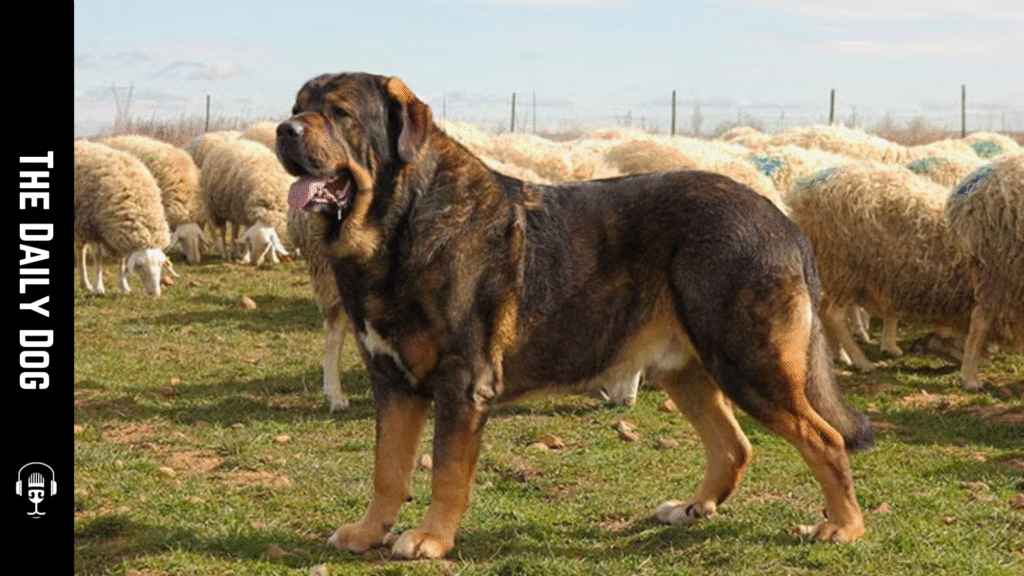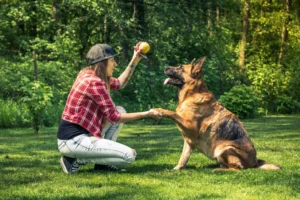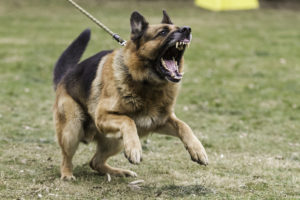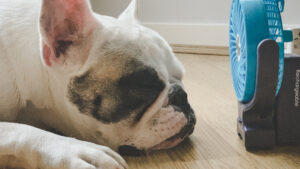The Spanish Mastiff, known for its imposing size, gentle nature, and unwavering loyalty, is one of the most distinguished and revered dog breeds originating from Spain. With a history stretching back centuries, this majestic breed has been a steadfast protector of flocks and homes alike, embodying strength, intelligence, and a calm demeanor that makes it an exceptional companion for families and a formidable guardian for livestock.
Origins and Historical Significance
The roots of the Spanish Mastiff trace back over a thousand years, with evidence suggesting its presence in the Iberian Peninsula during the Moorish occupation. Originally bred to guard livestock against predators such as wolves and bears, the breed’s resilience and vigilance made it an invaluable asset for shepherds and farmers.
Throughout history, the Spanish Mastiff has played a crucial role in rural Spanish communities. Its large size and protective instincts allowed it to defend flocks of sheep, goats, and cattle from threats, often working independently for long hours. Over time, the breed’s reputation for loyalty and bravery spread beyond rural areas, earning recognition as a noble and dignified dog.
Physical Characteristics
The Spanish Mastiff is a giant breed, characterized by its enormous stature and commanding presence. Adult males typically stand between 28 to 30 inches at the shoulder and weigh between 140 to 220 pounds, while females are slightly smaller but equally impressive.
Coat and Color
One of the breed’s distinctive features is its thick, dense double coat, which provides insulation against harsh weather conditions. The coat can be straight or slightly wavy, and requires regular grooming to prevent matting and to manage shedding.
Coloration varies widely among individual dogs but generally includes shades of fawn, brindle, cream, or black. Some Spanish Mastiffs may display a combination of these colors, often with a black mask or facial markings that accentuate their expressive eyes.
Facial Features
The breed boasts a large, broad head with a well-developed stop and a strong, square muzzle. Its dark, almond-shaped eyes exude intelligence and alertness, while its ears are medium-sized, set high, and hang close to the head.
Temperament and Personality
Despite its formidable appearance, the Spanish Mastiff is renowned for its gentle, affectionate nature, especially with family members. Its loyalty runs deep, and it forms strong bonds with its human companions, often acting as a protective and nurturing presence within the household.
Guardian Instincts
As a natural protector, the Spanish Mastiff is highly alert and vigilant. It is known to be reserved with strangers, making it an excellent guard dog for homes and farms. Early socialization is essential to ensure that the breed remains confident and well-behaved around visitors and new environments.
Family Compatibility
While the breed is generally gentle with children and other pets, supervision is recommended, especially during initial introductions. The Spanish Mastiff’s calm demeanor makes it suitable for families seeking a loyal, watchful guardian with a loving personality.
Intelligence and Training
Intelligent and independent, the Spanish Mastiff responds well to consistent, positive reinforcement training methods. Due to its independent streak, patience and firm leadership are key to managing its behavior effectively. Early socialization and obedience training are vital to ensure a well-adjusted and obedient companion.
Exercise and Living Conditions
The breed is accustomed to an active lifestyle, given its origins as a livestock guardian. Daily exercise, including walks and mental stimulation, is necessary to keep the Spanish Mastiff happy and healthy. However, due to its large size and thick coat, it is best suited for homes with ample space, such as farms or large properties.
Indoor vs. Outdoor Living
While the breed can adapt to indoor living, it thrives in environments that provide access to outdoor space. Its thick coat and protective instincts make it comfortable in cooler climates, but precautions should be taken to prevent overheating in hot weather.
Grooming Needs
Regular grooming is crucial for maintaining the coat’s health and appearance. Brushing your dog several times a week helps manage shedding and prevent matting. Bathing should be done as needed, and routine ear cleaning, dental care, and nail trimming are also necessary.
Health and Lifespan
The Spanish Mastiff is generally a healthy breed, but like all large dogs, it is susceptible to specific health conditions. Responsible breeding, proper nutrition, and regular veterinary check-ups can help ensure a long, healthy life.
Common Health Issues
- Hip Dysplasia: A genetic condition affecting the hip joints, common in large breeds.
- Elbow Dysplasia: Similar to hip dysplasia, affecting the elbow joints.
- Obesity: Due to their size, maintaining a balanced diet and regular exercise is crucial.
- Bloat (Gastric Torsion): A potentially life-threatening condition requiring immediate veterinary attention.
Lifespan
On average, Spanish Mastiffs live between 10 and 12 years. Providing a nutritious diet, regular exercise, and preventive healthcare can help maximize their lifespan and quality of life.
Training and Socialization Tips
The Spanish Mastiff’s independent nature means training should begin early, emphasizing positive reinforcement techniques. Socialization with people, pets, and various environments is crucial to develop a balanced and confident dog.
Tips for Owners:
- Start socialization at a young age to prevent territorial or overly reserved behavior.
- Use calm, consistent commands to establish leadership.
- Provide mental stimulation through puzzle toys and training exercises to keep your pet engaged and mentally stimulated.
- Expose the dog gradually to different sights and sounds to build confidence.
The Ideal Owner for a Spanish Mastiff
Given its size and temperament, the Spanish Mastiff is best suited for experienced dog owners who can provide firm, consistent training and ample space. It is an excellent choice for families with large properties or farms, where it can effectively fulfill its guardian role.
Lifestyle Considerations
Owners should be prepared for a dog that requires regular exercise, grooming, and mental engagement. Its protective instincts mean it is naturally wary of strangers, so socialization is key to ensuring a well-mannered companion.
Why Choose a Spanish Mastiff?
The Spanish Mastiff offers a unique blend of strength, loyalty, and gentle companionship. Its history as a guardian of livestock has imbued it with qualities that make it a trustworthy protector and a loving family member. With proper training and socialization, this breed can thrive in various settings, provided its physical and emotional needs are met.
The Spanish Mastiff stands as a symbol of strength and loyalty, a faithful guardian rooted in centuries of rural tradition. Its imposing presence commands respect, but its gentle, affectionate nature endears it to those who understand and appreciate its unique qualities. Whether guarding a farm or becoming a beloved family pet, the Spanish Mastiff remains a remarkable breed that embodies resilience, intelligence, and unwavering devotion.










